If you’ve never experimented with macro photography before, then you may be in for a few surprises. Shooting on the macro level is much more than just simply seeing things on a smaller scale – there are several steps you need to take in order to obtain the sharp, vibrant images you want.
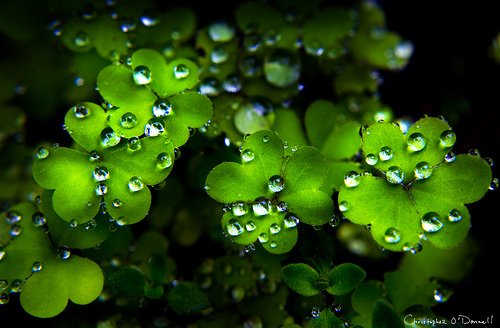
Photo by Christopher O'Donnell
Know Your Aperture
When working on such a smaller scale, your aperture becomes so sensitive to the point where a simple increase or decrease can dramatically alter your image. Typically, if you want an entire flower in focus, you’ll need to use a very small aperture or otherwise you may find yourself with a depth of field that is too shallow.
The best way to judge how your aperture is going to react to your environment is to experiment and make mental notes. Go out and shoot using all different kinds of settings and see what works for you. A great exercise would be to set up your camera on a tripod and take the same exact image at different aperture settings so that you can see the side-by-side comparisons on your computer.
Watch Your Shutter Speed
Between using a smaller aperture (depending on how shallow you want your depth of field) and shooting in the often-darkened environments that accompany macro photography– such as under leaves or indoors – you can easily drop your shutter speed to the point where camera shake is a problem. You can easily fix this by increasing your ISO or setting up a tripod, but these aren’t ideal fixes. This is especially true when dealing with moving subjects, such as insects or objects that move with the blowing wind (flowers, etc.), as a slow shutter speed still won’t be able to freeze the action for you.
Instead, focus on obtaining more light in your image. You can do this by purchasing a ring light for macro photography (very useful), or just ask a buddy to use a reflector which will redirect your sunlight. This will help eliminate those shadows that slow down your shutter speed while keeping your ISO at a low setting for a clear and crisp image.
Use Your Manual Focus
Another great way to pinpoint your focus is to abandon your auto-focus and switch it into manual. More often than not, you’ll find your camera focus hunting when working in such tight quarters, not to mention that it rarely focuses in on the point you want it to. Since very shallow depths of field are prevalent in macro photography, just the slightest miscalculation can throw off your entire focus.
To fix this, switch into manual focus and – instead of adjusting your focus ring – move your body and your camera back and forth simultaneously to get the focus you desire. Adjusting your focus ring can be so sensitive that you can easily find yourself turning it back and forth until you find the focal point you want. However, when using your body to adjust the focus, you'll find that you have much more control over your camera. This is another one of those areas where practice makes perfect, but you’ll soon find yourself moving fluidly when focusing in on your image.
However, the best advice I can give you is to purchase a dedicated macro lens – not one that simply has “macro abilities” or is labeled with other vague macro wordage. What you’re really looking for is 1:1 magnification power – if your lens doesn’t have that, then keep searching.
If you want to take your macro photography a step further, Canon manufactures a macro lens capable of 5:1 magnification – or 5 times the actual size: the MP-E 65mm. This gives you the ability to capture incredible detail, like with this little creature below:
While it’s a fantastic lens, it should only be used for those who want to pursue macro photography seriously. Unlike other macro lenses, it can’t be used as a walk-around since it can not focus more than a few centimeters away. So while there is a rather steep learning curve with this lens, the result is certainly worth it.
Read more great articles by Christopher O’Donnell at his blog or follow him on Facebook.

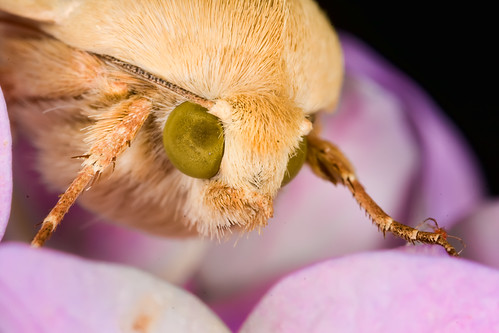

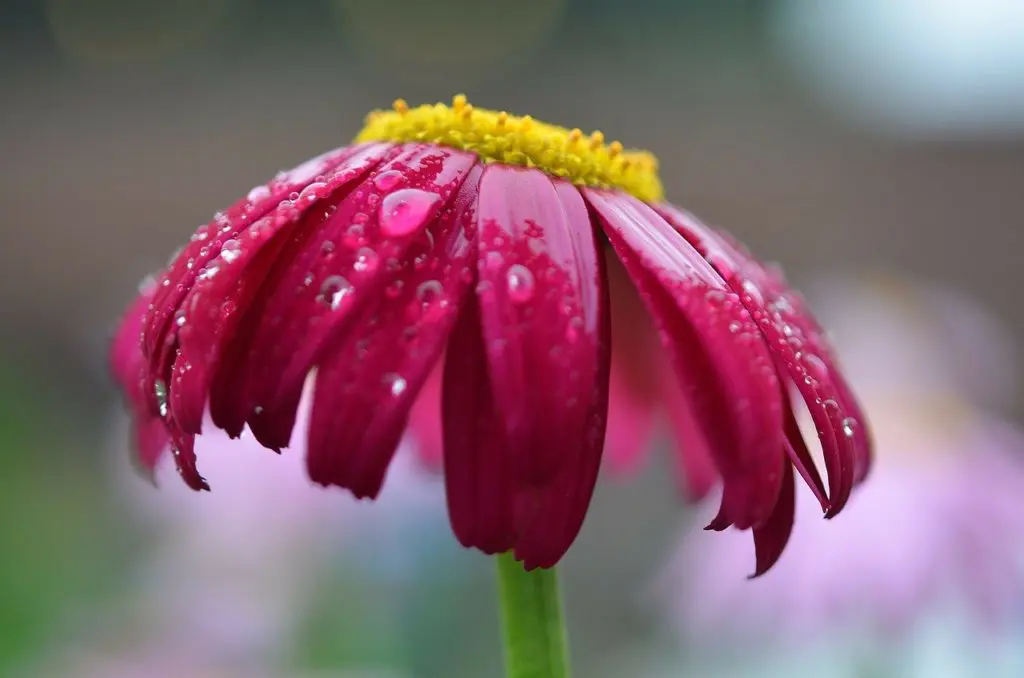
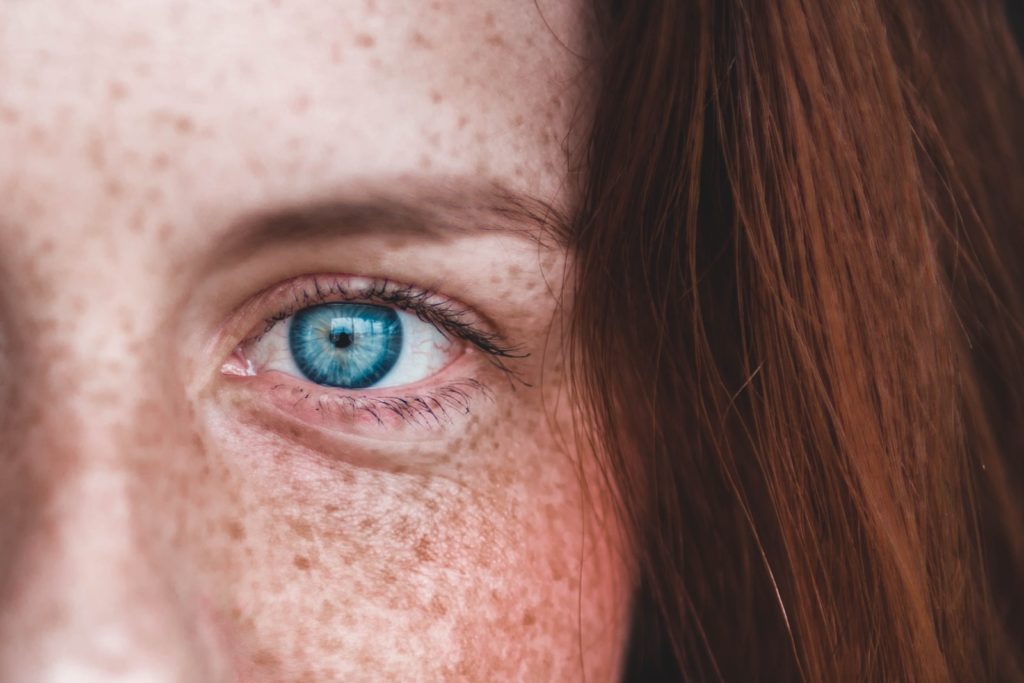
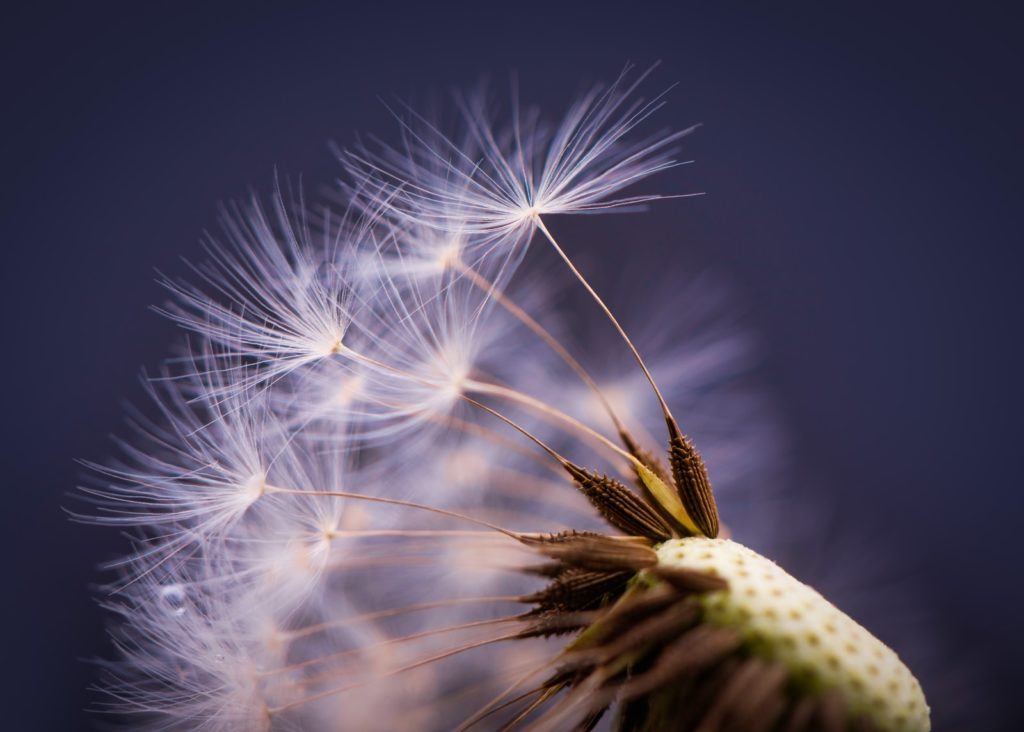
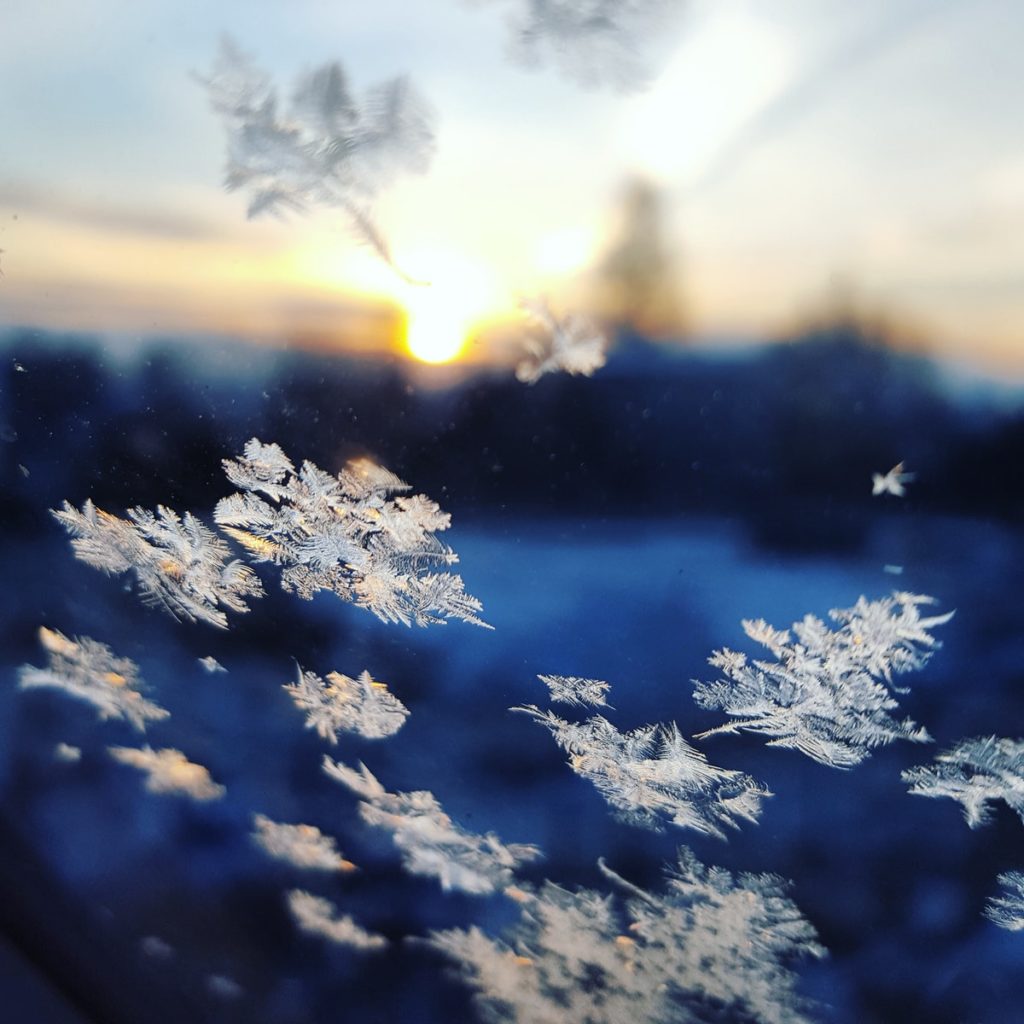
4 Comments
I love macro photography! It is almost some of the most challenging that there is! That is why I like it so much!
Being a novice photographer, I find this facinating. I’ll need to check my camera to see if its possible to take this type of photo.
almost all camera’s have the macro function its usually the one with the flower icon.
Fantastic reading material for beginners like us..thanks a ton.